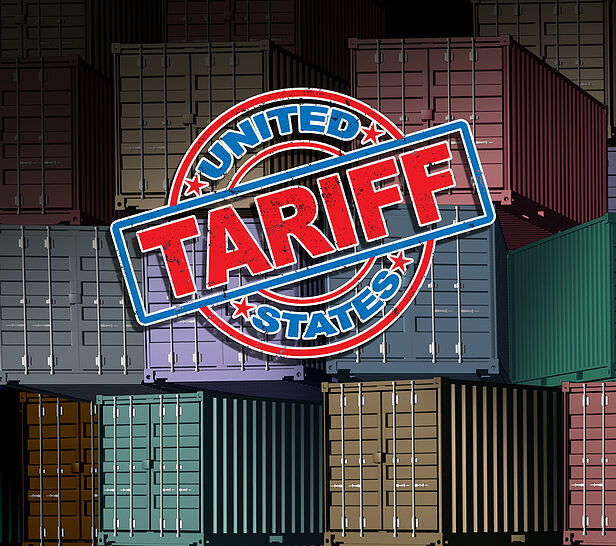Protectionist policies sacrifice efficiency for the sake of political gain. Rather than increasing productivity, tariffs merely redistribute resources toward producers in the protected industry and the government. Although tariffs are economically disastrous, their concentrated benefits and diffused costs often make them a popular policy option for politicians seeking to woo targeted constituencies.
Recently, Secretary of the Treasury Scott Bessent boasted that tariff revenues exceeded $31 billion in August. Furthermore, the Tax Foundation predicts that President Trump’s tariffs will raise $2.3 trillion over the next 10 years and decrease U.S. GDP by 0.8 percent. The White House would have Americans believe that foreign businesses bear most of the burden imposed by tariffs; however, robust economic analysis reveals the detrimental consequences of tariffs for American companies and consumers.
A Dallas Federal Reserve survey (in August) noted that 47.7 percent of responding businesses reported adverse effects from tariffs. Worse still, 70 percent of responding manufacturing firms were harmed. When asked to elaborate, most businesses cited higher input costs, higher selling prices, and slower delivery times from suppliers. Increasing prices of wholesale goods were reflected in the producer price index, which spiked alarmingly in July. Initially, economists predicted a 0.2 percent PPI increase, but the Bureau of Labor Statistics reported a 0.9 percent increase that month, the greatest since 2022.
As producers’ prices skyrocket, economists expect consumers’ prices to follow suit. Increased production costs force businesses to increase their prices or to face diminishing profit margins. The Dallas Federal Reserve survey found that 80 percent of respondents had or planned to transfer cost increases to consumers. Unsurprisingly, the companies that are most vulnerable to tariffs displayed the most significant price increases.
An analysis by the Anderson Economic Group, reported in The Wall Street Journal, demonstrates the effects of Trump’s tariffs on automakers. In March, a 25 percent tariff was imposed on auto products from Mexico and Canada, and the percentage of cars affected by tariffs increased from about 10 percent to 80 percent. As a result, U.S. companies that depend on North American supply chains face increased costs and uncertainty. Despite attempts by firms to change suppliers and prevent cost increases, tariffs force firms and consumers to pay higher prices. For example, Ford and General Motors predict $2 billion and $5 billion losses in profits due to tariffs. This problem is exacerbated by reduced demand for new cars. Instead, consumers prefer to order new parts and keep their vehicles for as long as possible.
Similarly, an article in Reason magazine reports that manufacturers, such as Mack Trucks (one of the largest employers in Allentown, Pa.), announced layoffs over the summer due to market uncertainty and the effects of tariffs. The combination of higher import prices, uncertain supply chains and decreased demand spells trouble for manufacturing firms, blue-collar workers and consumers.
Apart from manufacturing concerns, the broad nature of the tariffs means that consumers face price increases across various industries. For example, Forbes reports that the price of fresh and dry vegetables spiked by 38.9 percent in July while the prices of meat, eggs, fuel sources and services increased to a lesser extent. Interestingly, data demonstrate that prices of clothing were heavily affected, with apparel prices rising by 37 percent in the short run.
As firms’ stockpiles run out — and they are forced to rely exclusively on new, imported inventory — consumers will begin to feel the effects of protectionist policies in the form of increasing prices and limited choices in goods. Economists at the Yale Budget Lab expect prices to grow by 1.8 percent in the short run, which amounts to a loss of $2,400 per household. In addition, Goldman Sachs estimates that the 100,000 manufacturing jobs that could be created because of tariffs will be offset by 500,000 other jobs destroyed.
Prudent policymakers should recognize that the benefits tariffs offer to the tiny minority are overshadowed by the crippling costs they impose on the vast majority of Americans.

